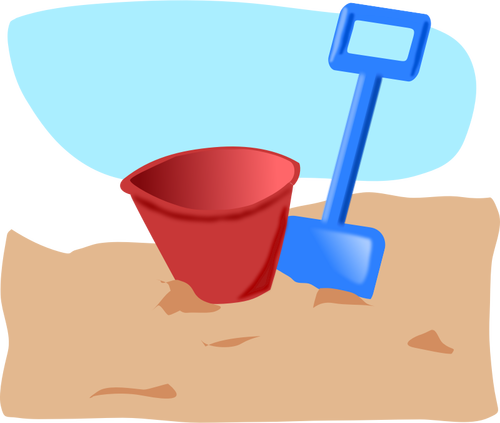Literacy Skills: MEMORY GAME
Activity
Name:
Matching shapes and figures
Age
Group: 5 to 8years
old
The
goal of the Activity: The skill I am targeting for this
activity is memory by matching the shapes and figures. Children will recall and
manipulate their memory skills in revealing which picture matches the ones that
they recently touch.
Objective:
At
the end of the lesson the students will know how to match the pictures the one
that they previously touch.
Materials
Required:
·
Pre-cut felt paper or cardboard of
different shapes and figures paste on the card or on the paper (by two’s)
·
Blindfold (handkerchief or any material)
·
Board (optional, you can do this
activity on the table or on the floor)
Setting:
(How is the classroom set up for the lesson and the activity?)
1.
Prepare an open space of the classroom,
preferably in the middle and gather all the materials needed for the activity.
2.
Let the children sit on the floor and
explain the method of the game.
3.
To start, show to the children the steps
of the game.
Procedure:
1.
After giving the instructions of the
game.
2.
Lay all the pre-cut felt paper or
cardboard on the floor in random.
3.
Let them look all the shapes and figures
for about 2 minutes or more.
4.
Flip or cover 1 of each shape.
5.
Do the blindfold.
6.
Ask one child to touch the figure and
let the child say what kind of figure or shape he's looking.
7.
Remove the blindfold and let the child
find the pair of that shape or figure from the cards.
8.
If the child finds the match, then he
will continue playing and if not he will stop and choose one of his playmates
to play. Then, repeat the procedure until all the children in the group will
and matches all the figures.
Implementing
the Reinforcement Activity: (List the steps to explain the
activity)
1.
With the same materials and probably the
same setting position, ask the children to count and name the pairs of shapes
and figures that lay on the floor.
2.
Counting can be done in group to make it
more fun for the children.
3.
Let them describe in a simple word or
words how much fun to touch, then memories and recalling the shapes and finding
them.
4.
Ask the children, if they like the game
and want to do it more in the future.
Developmental
Focus: (What other areas of development does this lesson
and activity cover?)
The lesson and activity,
is designed for memory skills, however, it covered in most areas of development
such as fine-motor, physical, social skills. In addition, mathematics skills
will come into as well as cognitive skills by implementing the reinforcement
activity.
Extensions:
(How can you extend the focus of the activity to encourage development in
another area).
1.
With the same set of materials and
probably added some extra materials, let the children enjoy the freedom of
playing on their own way. Like they can choose playing the game without the
blindfold just simply flip all the cards randomly.
2.
From time to time, teacher will
interrupt and join the play and simply asking the children if they make their
own rules.
3.
Always praise the child when they
accomplish something, this is to boost their self-esteem and continue
practicing and or playing games to test the memory.
 The scarf I made was my daughter's
idea. She was complaining that her scarf was boring. she wanted to have a flower scarf. She made a request when she was 4 years old. It was really funny at the same time I was amazed how she had been motivated to wear something flowery even if it is winter.
The scarf I made was my daughter's
idea. She was complaining that her scarf was boring. she wanted to have a flower scarf. She made a request when she was 4 years old. It was really funny at the same time I was amazed how she had been motivated to wear something flowery even if it is winter.







